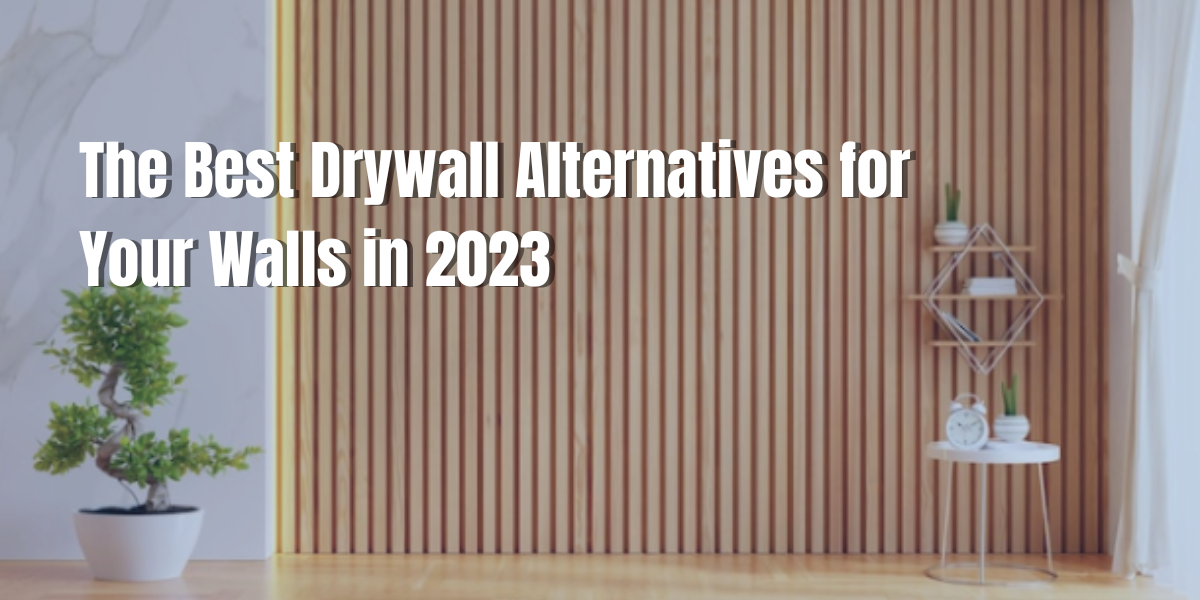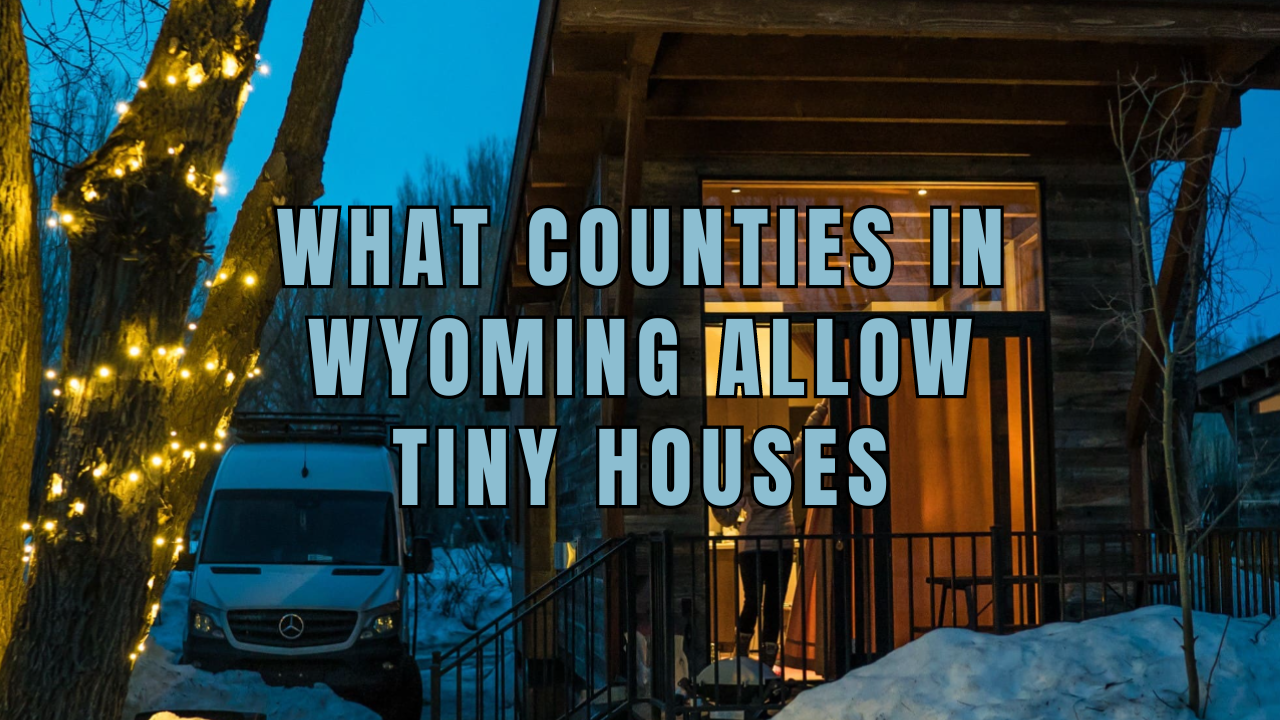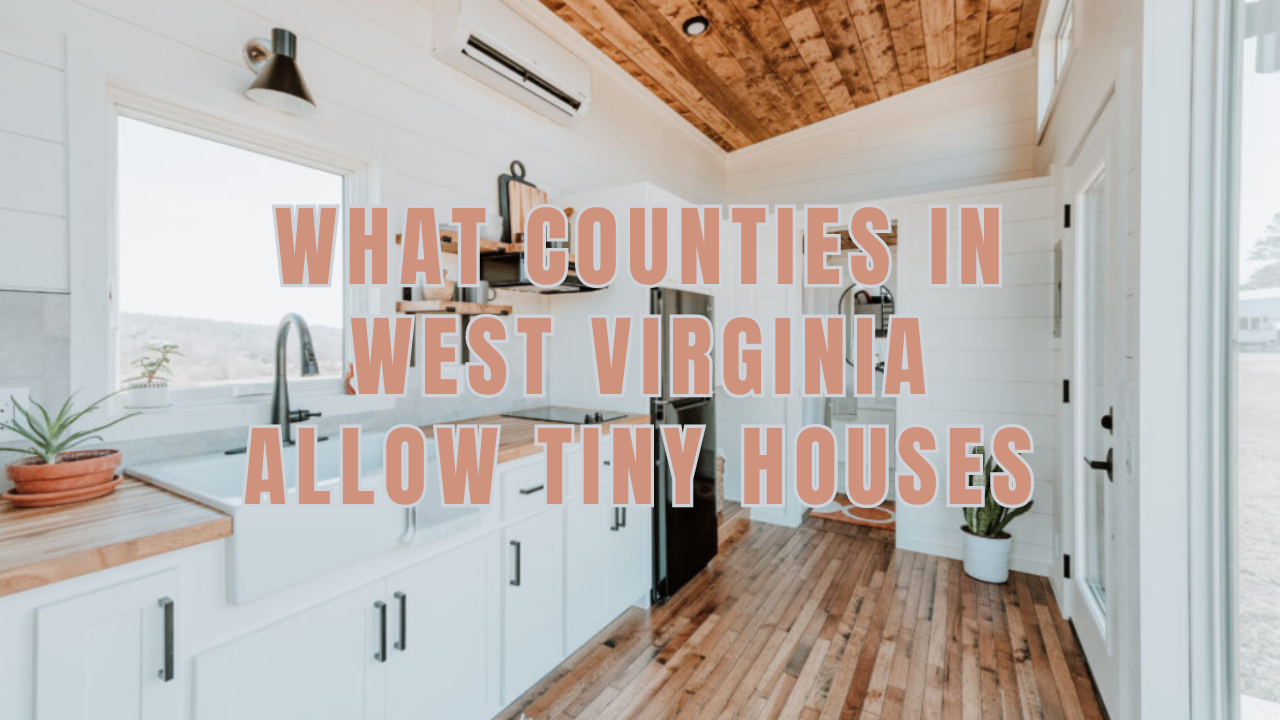Due to its affordability, simplicity of installation, and fire resistance, drywall is a popular construction material in residential and commercial construction.
But there are some circumstances, such as in places with a lot of dampness or humidity, or when a different style is preferred, when drywall might not be the best option. Today, we bring you the best alternatives to drywall for any taste.
What Is Drywall?
Drywall is a panel constructed of calcium sulfate dihydrate (gypsum), with or without additives, typically extruded between thick sheets of liner and backing paper, and used for building interior walls and ceilings. It is also known as gypsum board or Turlock.
How Is It Used?
You can use drywall to divide rooms, build structures, and make shelves since it is an easy and affordable construction method. In all things involving ceilings, drywall ceilings are also typical.
Drywall can also be used in a variety of ways in commercial structures. They are used to cover steel beams by wrapping columns. They also offer a simple technique for finishing brick walls.
They are used to give fire protection to walls and ceilings because of their fire resistance. That slows the spread of the fire and gives the residents time to flee.
Why Should You Use Another Option for Your Walls?
Even though it has benefits, drywall installation is somewhat dirty due to the taping and sanding dust that is employed.
In addition, it is relatively vulnerable to damage, making repairs challenging, time-consuming, and untidy.
It is not very resilient. Wall panels might not be as long-lasting, particularly if you place them in high-traffic areas. They could get hurt if you hit them. Abuse-resistant sheetrock is available in a more robust variety that can withstand impacts.
You should be aware that drywall is also difficult to recycle and is typically disposed of in landfills if recycling is essential to you.
Finally, drywall absorbs so much water that it is not a good choice for damp spaces like basements.
Best Alternatives to Drywall
Plastic Panels
Plastic wall panels are a well-liked alternative to drywall. Fiberglass reinforcement gives these materials their versatility.
These panels are often used as accent walls and are extraordinarily resistant to moisture and humidity. Mold will be gone forever once you install them.
3D wall panels, which are constructed of PVC or recycled plant fiber, can be painted to match your home’s interior decoration. Although the material is strong, light, and inexpensive, it shouldn’t be used in the kitchen or close to a fireplace because it is made of plastic or plant fiber, which conducts heat poorly.
Stain resistance is another outstanding quality that sets plastic panels apart from drywall. You don’t need to worry about these materials on your wall if you have kids or dogs around the house.
Wood Planks
Wood planks are one of the most durable drywall replacements that have stood the test of time. It gives the property an elegant and rustic feel while not being as tedious to maintain as traditional drywall.
You won’t need to alter or maintain wood planks after they are on your walls. After installation, all you have to do is take in your home’s splendor. They’re also a fantastic substitute for drywall due to their affordability.
Plywood
Plywood is affordable, simple to install, and sturdy if you’re trying to build wall panels as fast as possible. The warmth of the wood grain will add warmth to a room, and it can be stained or painted to match any design.
Plywood can be in the shape of sheets or planks, the latter of which looks similar to shiplap or conventional wood paneling. The main disadvantage of plywood is that it won’t be as fire-resistant as drywall, even though it can be treated to resist moisture.
Veneer Plaster
Veneer plaster is similar to drywall in that it is constructed using a layer of plaster on top of a substrate, most frequently gypsum board. However, it is more resistant to damage because it is harder and mold-resistant than mere drywall.
A continuous plaster surface looks smoother and makes a superior painting base than drywall, which has joints. The drawbacks of veneer plaster are that it can be expensive, difficult to repair, and take more time to install.
Lath and Plaster
Lath is a thin strip of wood installed across studs or ceiling joists. The lath is plastered as in the middle-aged architectural form known as wattle and daub, which is made of a network of intertwined branches and twigs that have been plastered in mud or clay. Hand-split lumber, more modern rock, wood, or metal can all make lath.
Cement Board
Where there is a problem with water or moisture, the cement board will resist decay, mold, and mildew. Installing it is simple, and compared to dealing with drywall, there is a lot less mess because it has already been cured at the factory.
However, cement board installation typically requires two people due to its potential for being large and hefty. The substance can also be used in its raw form for a simple, industrial effect, while it is typically employed as a subsurface for tiling.
Corkboard
Although it’s not quite as durable as other drywall alternatives for interior walls, cork is a delightful option for a feature wall in an office or kids’ room, and it has the extra benefit of being environmentally friendly.
You may use cork in many ways because it comes in different sizes, textures, and patterns. You can hang and rehang decorations, artwork, and more, or you can leave it alone and appreciate its organic appeal.
Textured Panels
Textured wall panels are made entirely of marble, which gives the house a lot of elegance and beauty. In the past, it was typically in upscale hotels and cocktail bars.
It is made up of easy-to-install 3D textured panels that can be affixed directly to your existing wall.
Basement Wall Finishing System
Systems for completing basement walls are available in pre-designed, pre-cut panels. These panels can be employed to finish and insulate your basement.
The fact that this wall covering is so pricey is a drawback. You probably will have to pay for professional services because the walls are not great for a do-it-yourself effort.
Unfinished Concrete
Once sealed, concrete walls are simple to maintain and don’t need extra care. Additionally, polishing is an option to protect it from humidity, as concrete is porous.
One of the primary characteristics of this building material is texture. It significantly enhances the style and visual texture.
Rammed Earth Panels
Walls, floors, and foundations in rammed-earth construction are made of natural raw materials such as compacted soil and gravel. This antiquated technology has been updated for the modern day using precast panels. Due to their inherent durability, insulation, and longevity, these panels are especially appealing to eco-friendly builders. However, rammed earth panels can be difficult to find and expensive to install.
Wahoo Walls
Since Wahoo Walls are primarily DIY projects, they are thought to be the most economical when it comes to installation. Wahoo walls are easy to install because the panels snap together. Although not required, you can also glue them to the wall.
Since basements are where the walls are most frequently used, they are moisture-proof and won’t encourage mold growth. They’ll also guard against water damage to your house.
Stone or Brick Walls
The most classic types of walls are made of stone or brick. Typically found in houses in suburbs, it is also feasible to have three drywall walls and one brick wall. Brick is naturally fire-resistant, but to prevent moisture and mold, it needs to be sealed.
Barnwood
For those who want to create a rustic or contemporary farmhouse image, barnwood is a fantastic choice. The most genuine appearance is provided by reclaimed wood, but it can be pricey and hard to find. Panels are frequently created from engineered wood that looks like old planks.
Engineered wood barnwood is produced in many shapes and finishes and is typically inexpensive, simple to install, and washable. For high-moisture environments, neither natural nor manufactured wood is suggested.
Corrugated Metals
Although corrugated metal may seem an odd choice for wall material, it is surprisingly adaptable. For different design types, corrugated metal sheets are available in several designs, hues, and finishes.
Without the proper tools, cutting it can be a little challenging, but otherwise, installing it with screws into the studs is very simple. Because corrugated metal can feel too industrial when used in large amounts, it is advised to restrict it to a smaller feature wall.
FAQs
What Is The Lightest Alternative to Drywall?
One of the most effective lightweight drywall substitutes is PVC paneling. These panels don’t react to dampness or water. The vinyl sheets prevent moisture from adhering to their surface because they are water-resistant.
Is Plaster Better Than Drywall?
Compared to drywall, plaster is more brittle and tougher. You can use thumbtacks to mount posters on drywall, but you probably couldn’t pierce a plaster wall with the weak tip of a tack. More significantly, there is a chance that you will crack or chip the plaster.
What Should I Do Before Picking A Drywall Alternative?
You’ll still need a wall that is in good condition before installing drywall alternatives.
- You will need to install a new wall if repairing the damaged old one is insufficient.
- You can replace the entire wall surface or only the damaged area.
- It may be a DIY project if the replacement part is modest and you’re somewhat handy.
- A few drywall substitutes need to be fastened to the studs.
- Depending on the circumstances, it can be simpler to tear down the current wall.
The Wrap-Up
If you’re looking for options for drywall, there are so many options available that you’ll never run out of stuff to attempt. The one you pick will depend on the sort of space, your spending limit, and the ambiance you want to create in your home.





